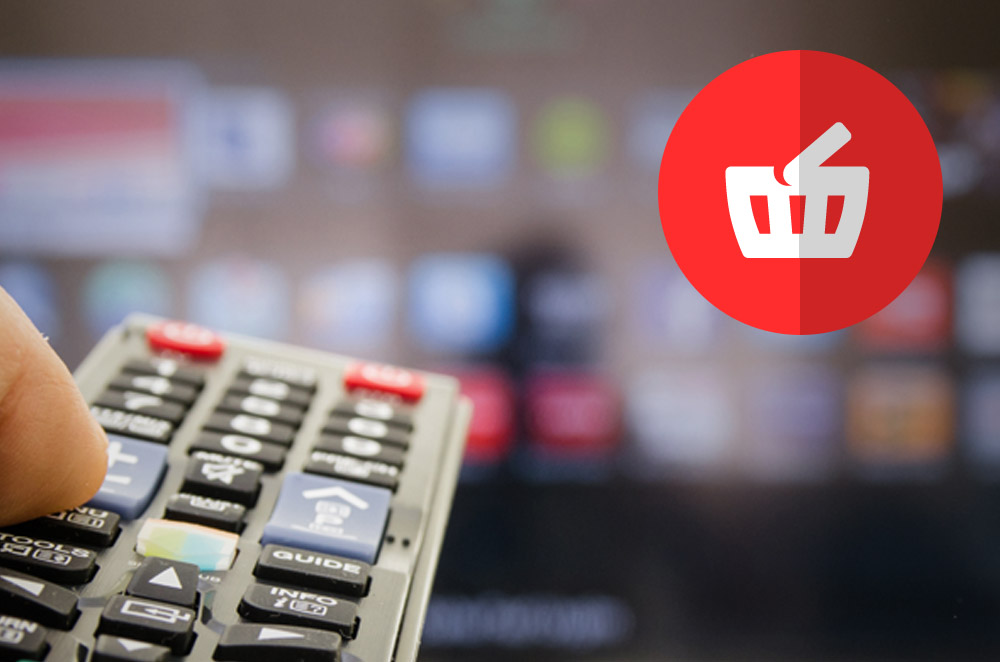New research from L2 Inc and Demandware has provided an in-depth exploration of the relationship between content marketing and ecommerce for 80 global brands. The study shows that the majority of brands still haven’t streamlined their content marketing efforts to complement and fuel ecommerce drives, and provides invaluable insights for brands looking to consolidate the two initiatives.
In many ways, 2013 was the year of content marketing. Last year, the channel finally surpassed email, and social media as “the leading focus of marketers worldwide”. It has resulted in an overall increase in budgets devoted to the production of branded content; in Western Europe for example, as many as 56 percent of marketers plan to “significantly increase B2C content marketing spends” as reported in a study by Content Marketing Institute. The same study revealed that branded content now accounts for 24 percent of total marketing budgets among North American companies.
However, while the value of content marketing as a channel has been secured, increasingly the challenge for brands is in uniting their content marketing efforts with ecommerce initiatives in a way that not only raises awareness, but drives conversions. This is now a priority for 51 percent of the 80 brands surveyed by L2.
For the most part, content performance is assessed by three metrics: web traffic, social media shares, and time spent on site. Direct sales were named as a KPI for just 44 percent of brands, and the overall fogginess in attribution metrics correlates with Axiom Research’s findings that one-third of organizations were unsure whether their content marketing investments had increased sales.
The attribution challenge for content marketing campaigns, combined with a lack of recognition of the need to accurately measure this among brands (the report found that only 4 percent of brands considered attribution to being their biggest barrier to success) has resulted in models and processes which are often skewed or biased towards one extreme.
Content and commerce are often operated by siloed departments, with little real interaction. The result: huge opportunities are being missed to provide optimal user experiences and increase revenues.
Elana Anderson, Demandware senior vice president, worldwide marketing, explained the need for brands to integrate their content and commerce experience delivery:
“It’s not about content or commerce; it’s about creating the experiences that consumers desire. To differentiate in today’s competitive marketplace, brands are evolving the customer experience on-site with content that engages and educates the customer in a seamless journey flowing from discovery to purchase.”
Where Are Brands Going Wrong?
The report pointed to two specific areas where brands are failing to unite their content and commerce efforts. How can brands start getting it right?
1. Avoid Producing Too Much Content
The boom in branded content marketing has occasionally given rise to what is commonly termed “content shock”, used to describe the point at which the volume of content available to consumers surpasses their capacity to consume it. From a consumers perspective, there are a lot of competing brands providing content about products, much more than it is possible to digest.
Increasingly, cutting through the digital noise means producing content of exceptional quality, something of genuine entertainment or usefulness, as well as thoughtful distribution.
2. Reclaim The Competitive Edge
For many brands, enhanced Amazon product detail pages, in combination with their class leading customer experience and service delivery, can offer an incredibly rich overall experience. Most organizations will understandably find it difficult to compete with Amazon on pricing or fulfillment.
Content provides brands with the opportunity to exceed that which Amazon is able to offer. Brands, with superior knowledge and expertise of their own products, and unique insights about their consumers, remain the best resource for consumers while researching and considering their purchasing decisions.
The overriding challenge for brands, then, is uniting their content delivery with their commerce platforms, leveraging flexible platforms to support unique content/commerce integrations.
The Content And Commerce Black Hole
The problem for most brands is that they simply slip into their most comfortable model, which is biased toward one extreme of either content or commerce, often based on historical marketing efforts. Namely, site investments either optimize commerce by providing a streamlined push-to-cart and checkout experience; or they prioritize rich content resources to enhance engagement and build brand equity.
In approximately half of organizations, the ecommerce team owns content creation, focusing on using the channel to improve conversions, according to the report. In the other half, content was owned by a marketing or editorial team, tasked primarily with building brand awareness. These represent competing objectives that ultimately create rifts across site experiences, and impact the quality of content being created.
The lack of cohesion creates a bit of a black hole in the overall user experience. Increasingly, retail brands that can weave together content and commerce will be the biggest winners.
Branded Fashion Content Outperforms Other Industries
In a telling discovery, the report revealed that fashion industry brands proved to be the highest performers in their content marketing conversion rate. The following graph illustrates the estimated content conversion rate for the 80 surveyed brands in the report:  Brands such as Estee Lauder, Clarins, and Cliniqe, hitting a 4 percent conversion rate, go some way in proving the efficacy of branded content. As the study states, “branded content has the greatest impact on consumer purchase intent for low-consideration items, creating a lift in purchase intent of up to 125 percentage points.”
Brands such as Estee Lauder, Clarins, and Cliniqe, hitting a 4 percent conversion rate, go some way in proving the efficacy of branded content. As the study states, “branded content has the greatest impact on consumer purchase intent for low-consideration items, creating a lift in purchase intent of up to 125 percentage points.”
In this context, branded content outperforms even third-party content types, including expert content such as articles and reviews, and user-generated content in the form of consumer reviews.
3 Ways to Streamline Your Brand’s Content And Commerce
A closer look at fashion brands shows us how content and commerce can be combined to maximize revenues and conversions. Here are three ways successful brands are tackling content and commerce challenges.
1. Address Content Ownership; Encourage Cross-Departmental Collaboration
Many brands assume a model in which content is the sole remit of either the ecommerce, or the marketing and editorial team. The way forward for brands will be to encourage collaboration between the two, using content to both raise awareness, and drive conversions, bridging purchase journeys and streaming overall user experiences as a result.
2. Define Content Objectives; Integrate Content With Your Ecommerce Platform
Many brands still don’t embed content within their ecommerce sites. Commerce integration is often inconsistent, varying based on the type of content and where it sits on the site. Ultimately, brands are continuing to publish content that’s difficult to find, suffocating the ability of the content to impact the bottom-line.
Cole Haas and DVF are two examples of fashion brands who have instilled content right through their ecommerce platform and navigation. Editorial and video are browseable natively on product pages, and rapid shifts in consumer sentiment between awareness, research, evaluation, have been made possible, massively empowering the persuasiveness of the site and products. 
3. Scale And Manage Content Globally Across Territories
The study revealed that a majority of brands continue to approach content creation with a “U.S. first” mindset. It often results in weaker performance in Europe and Asia with brands suffering from decentralized site management, and fragmented platforms.
Clarins were the best performing brand on average across all territories. The brand utilizes it’s global ecommerce platform to consistently execute, showing the value technical ecommerce initiatives can add to largely editorial content. 
Unite Content And Commerce To Optimize User Experiences
Ultimately, the key objective for brands must be to optimize the overall user experience for consumers. Uniting content and commerce is beneficial to brand revenues and conversions, in that the streamlining of the two entities provides genuine value to online shopping experiences.
Elana Anderson of Demandware summarises:
“As with everything in the digital age, the best user experience is an effortless one. Engagement should require very few clicks. In the consumer consideration phase, context reigns supreme. Product content – video, looks, tutorials – helps the consumer make the mental leap from browse to buy.”
You can download the full L2 Inc. and Demandware Content and Commerce 2014 report here.


